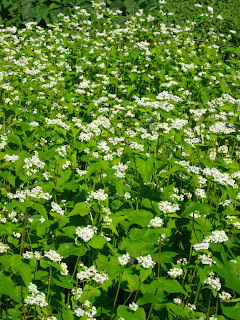 |
| Photo of worm composting bin, courtesy of Josepah Bartmann |
Here are the details and how to RSVP from Anne Pandey at the Lyle Center:
On Saturday, November 5th from 10:00 a.m. - Noon, the Lyle Center for Regenerative Studies will be offering a worm composting workshop where you can learn to reduce your waste stream and turn kitchen scraps into nutrient rich fertilizer. The two hour session will provide a wealth of information on how to start and maintain a worm bin and the benefits and uses of compost.
Participants will also have the opportunity to build their own bins and receive worms, leaving will a fully functional worm composting unit. The workshop includes material fees of approximately $25, payable at the time of the workshop (the workshop itself is free so if you don’t want to take home your own worm bin at the end, you don’t have to pay the material fee).
If you wish to attend, please email crs@csupomona.edu. Let us know whether or not you would like to purchase the materials to build your own bin.
Anne Pandey
Outreach Associate
John T. Lyle Center of Regenerative Studies















